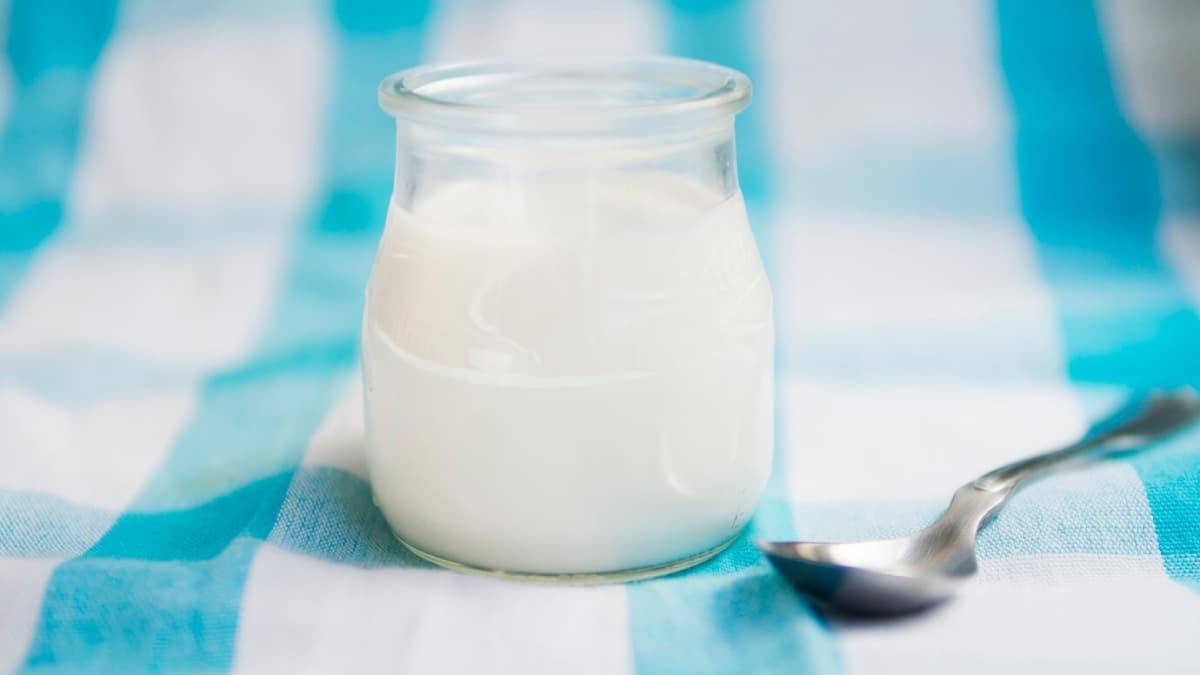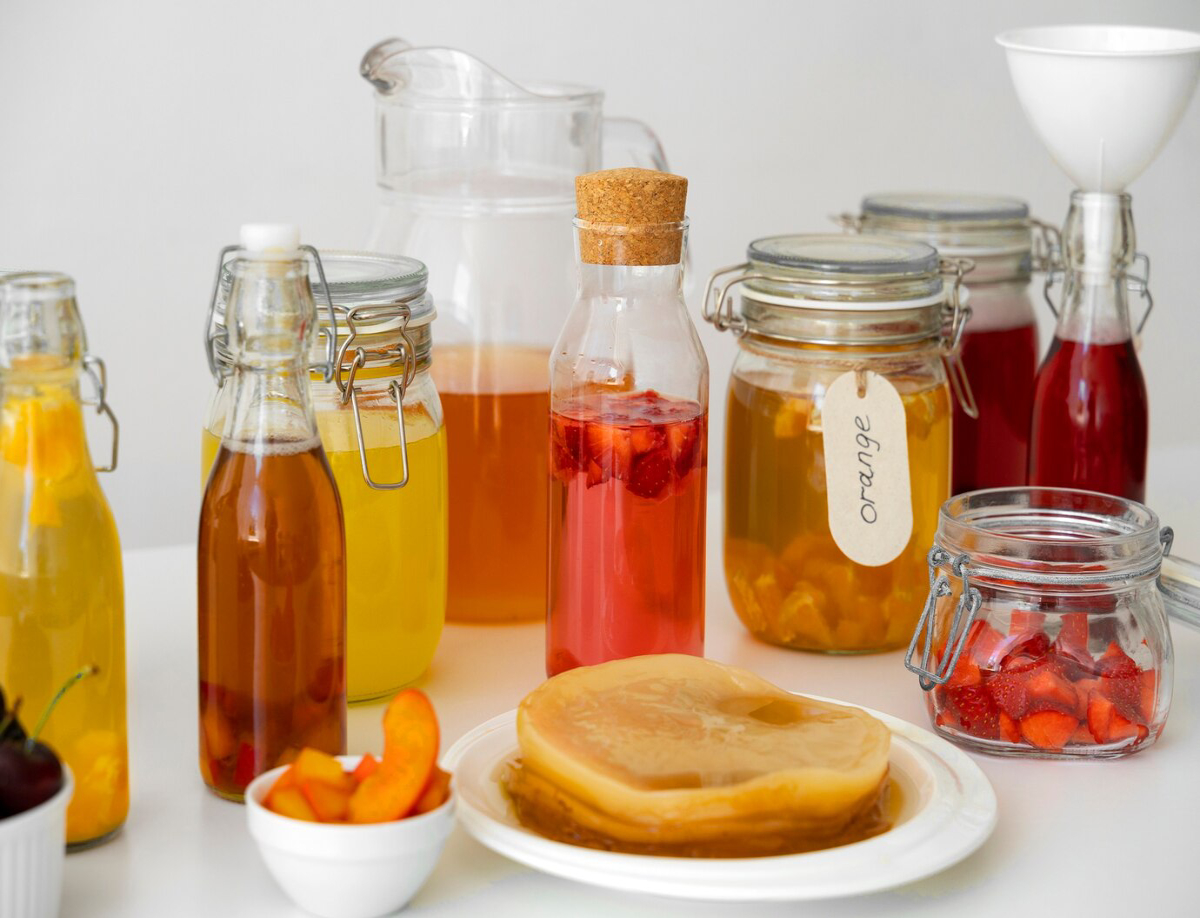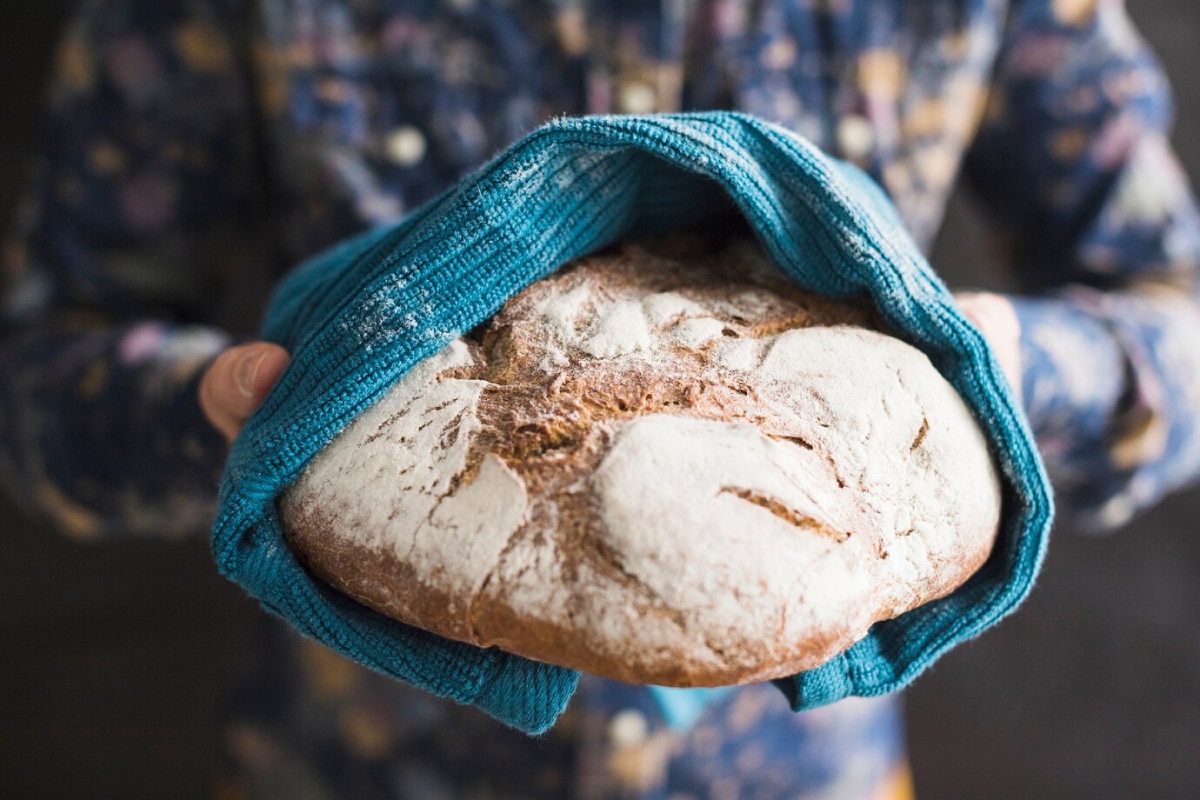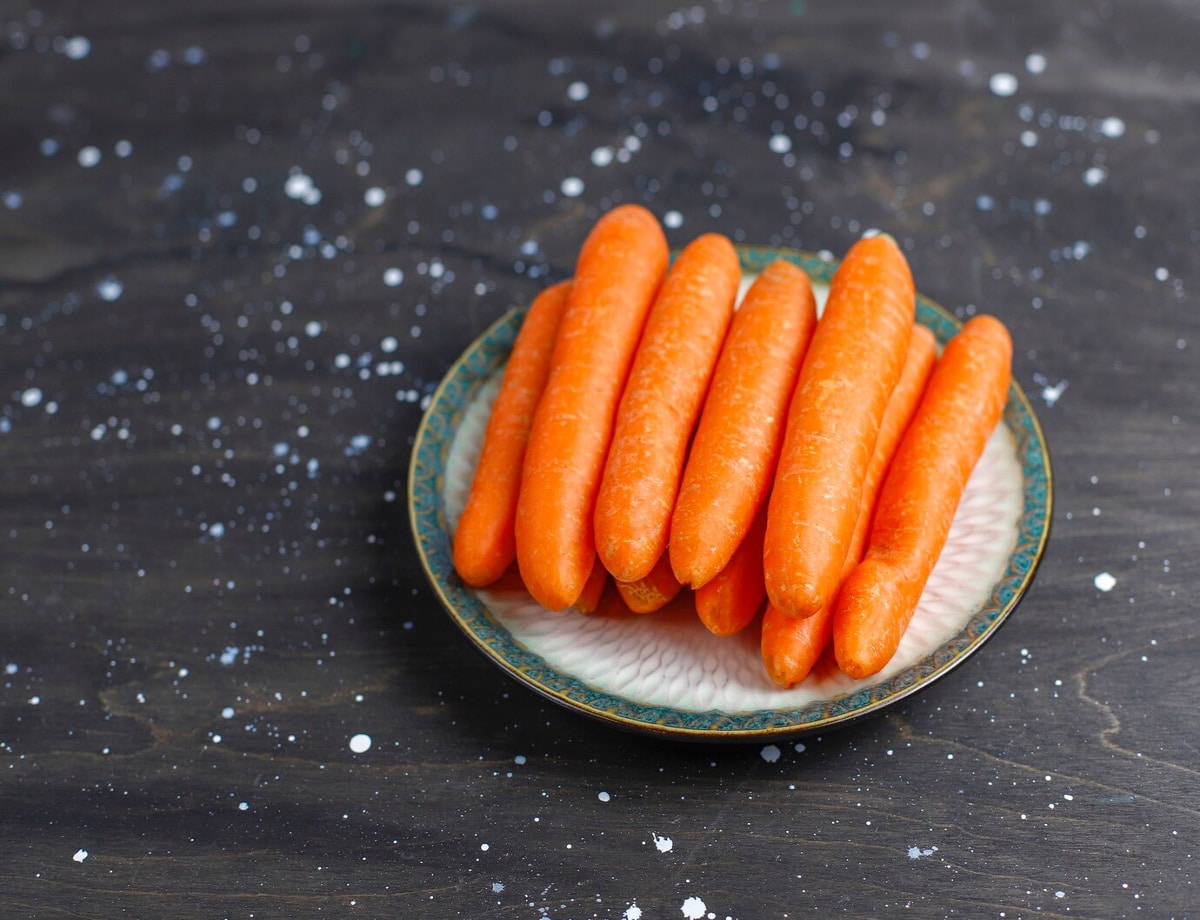
Refrigerator Fermentation Methods for Quick and Effortless Results
Life gets busy. Between work, errands, and the daily hustle, even health-conscious eaters often find themselves reaching for convenience foods. But what if your fridge could do the work for you? Welcome to the world of refrigerator fermentation — a game-changing technique for anyone who wants to eat better without spending hours in the kitchen.
Fridge fermenting isn’t just a lazy person’s shortcut; it’s a smart, science-backed method that produces delicious, nutrient-rich, probiotic foods with minimal intervention. Whether you’re new to fermentation or a seasoned jar-junkie looking for a low-maintenance approach, this guide will help you master the cold ferment method for safer, easier, and more flavourful storage.
We’ll cover everything from how refrigerator fermentation works to recipes you can prep in minutes. You’ll also learn the tools, temperatures, and storage secrets to keep your probiotic pantry humming—quietly, from behind a fridge door.
Why Refrigerator Fermentation Works
1. Low-Temperature, High-Reward
Fermentation doesn’t have to happen on a countertop. When you shift the process to the fridge, you slow down microbial activity, which comes with surprising benefits:
- Better flavour control: No over-sour disasters.
- Fewer chances of spoilage: Mould and bad bacteria thrive less in cooler environments.
- Less babysitting: Ferments in the fridge can be left alone for days, even weeks.
Think of cold fermenting like slow-cooking for your microbiome: gentler, more nuanced, and beautifully hands-off.
2. Ideal for Beginners (and Busy Bees)
Many traditional ferments require monitoring pH levels, gas releases, or timing temperature shifts. With refrigerator fermentation, you just need a clean jar, the right ingredients, and a touch of patience.
Don’t have time to burp a sauerkraut jar daily? Stick it in the fridge and let time do its magic.
3. Safer for Fermenting Deli Items
Certain foods like garlic, dairy, or eggs benefit greatly from cold storage fermenting because it reduces the risk of toxin-producing bacteria such as botulism. So if you’re feeling experimental with your easy fermented storage, the fridge is your safe zone.
Getting Started: What You Need for Fridge Fermenting
Essential Tools
You likely have most of these already:
- Glass jars with lids (Mason, Kilner, or Weck)
- Sea salt or Himalayan salt (non-iodised)
- Filtered water (chlorine kills good microbes)
- Vegetables or other ingredients
- Optional: Fermentation weights or silicone lids
Ideal Fermentation Temperature
Your fridge should stay between 1.5°C to 4°C (35°F to 39°F). This range:
- Slows down lactic acid bacteria
- Prevents spoilage
- Preserves crunch and colour longer
Choosing Ingredients That Work Well Cold
Certain foods are perfect for cold ferments:
- Cucumbers: Crisp and pickly
- Radishes: Peppery and vibrant
- Garlic: Sweetens and softens over time
- Carrots: Keep crunch and colour
- Herbs: Like dill or rosemary to enhance aroma
Avoid overly starchy vegetables like potatoes—they can turn mushy or spoil faster.
Easy Refrigerator Ferment Recipes
Let’s dive into some practical, tried-and-true ideas for cold ferment method enthusiasts.
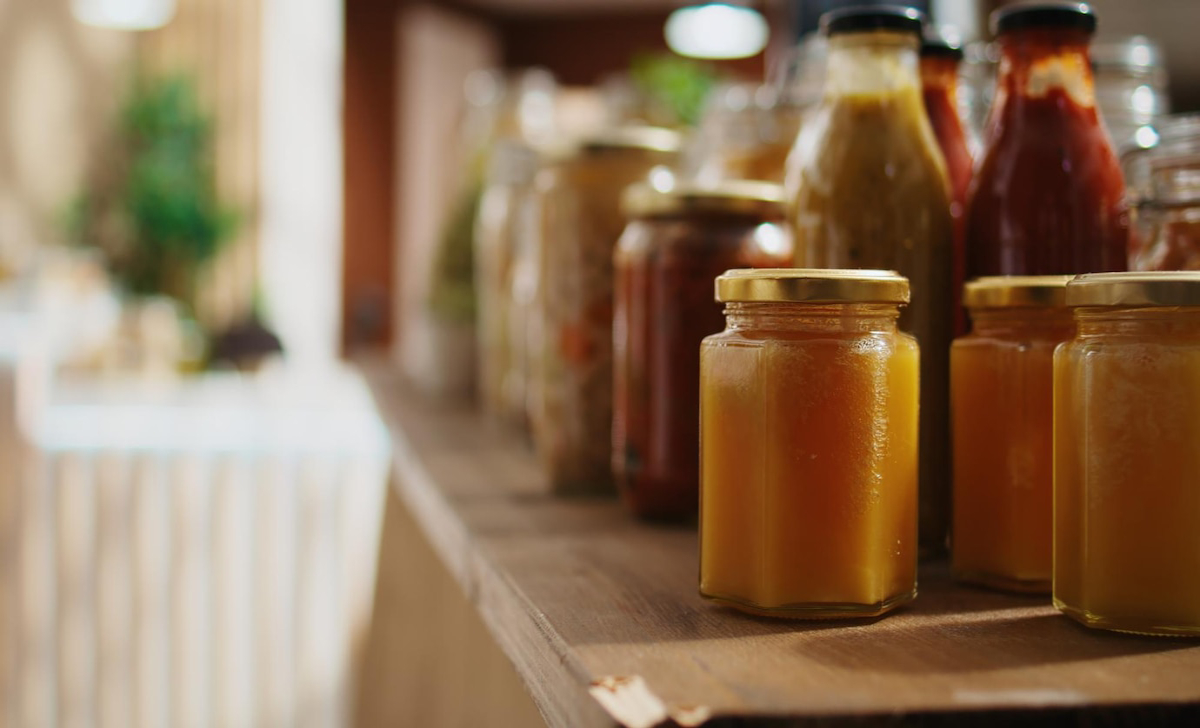
1. Fridge Garlic Honey Ferment
A natural immune booster and full-flavoured condiment, this combo mellows out in the cold.
Ingredients:
- Whole garlic cloves (peeled)
- Raw honey (covering garlic completely)
Instructions:
- Fill a small jar with garlic cloves.
- Pour in enough raw honey to submerge.
- Close lid loosely.
- Refrigerate for 2–4 weeks, gently rotating the jar occasionally.
Use for:
- Drizzling over toast
- Stirring into teas
- Adding to marinades
Check out how to make fermented garlic in honey for more detail.
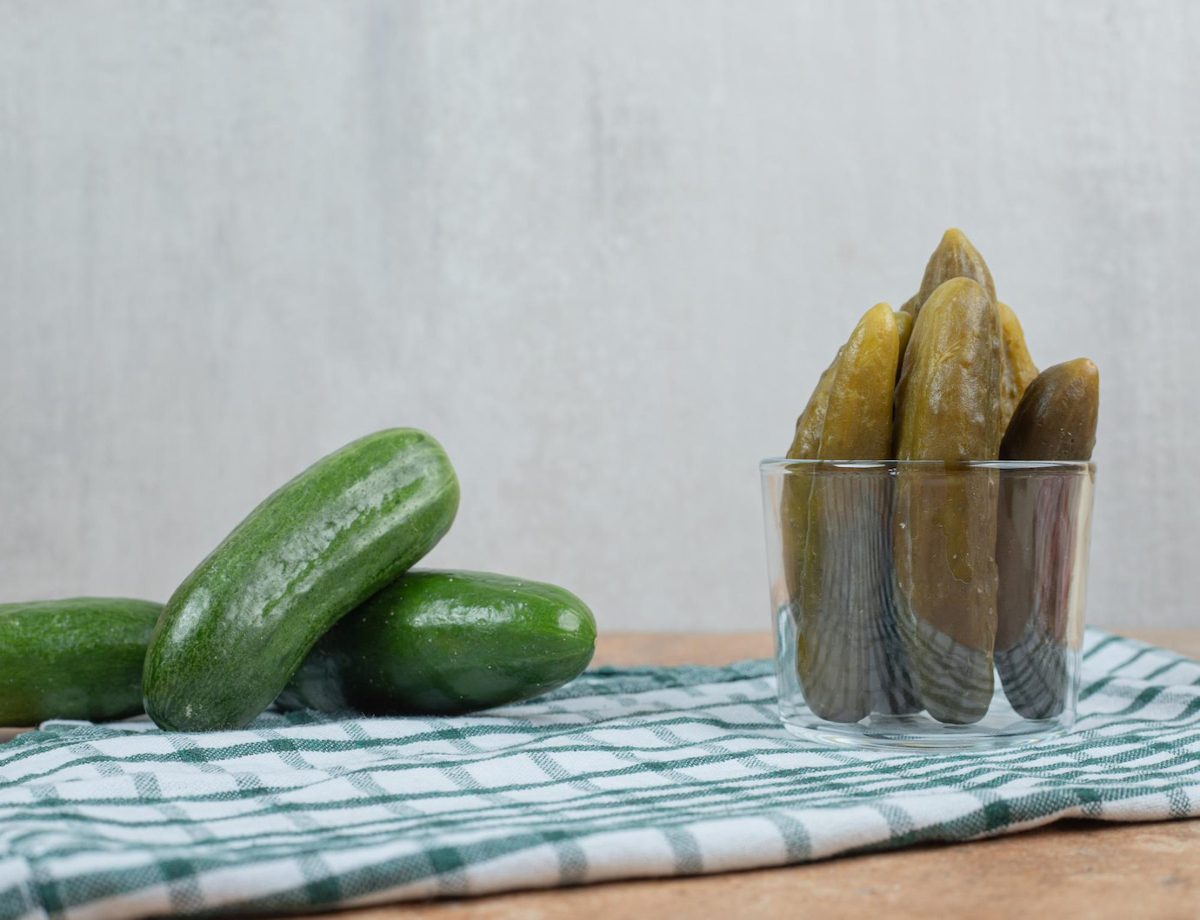
2. Cold Cucumber Pickles
Forget vinegar! These are pure lacto-fermented with a salty brine.
Ingredients:
- Mini cucumbers
- Brine (2 tbsp salt per 500ml water)
- Garlic, peppercorns, dill
Instructions:
- Pack cucumbers tightly in a jar.
- Add flavourings.
- Pour brine to cover.
- Seal and refrigerate for 5–10 days.
Serving Ideas:
- Add to burgers
- Slice into wraps
- Enjoy straight from the jar
3. Probiotic Carrot Sticks
A hit with kids and adults alike.
Ingredients:
- Carrot sticks
- Ginger slices
- Sea salt brine
Instructions:
- Place carrots and ginger in jars.
- Pour brine until fully submerged.
- Chill and wait 7–14 days.
Bonus: These stay crunchy for weeks!
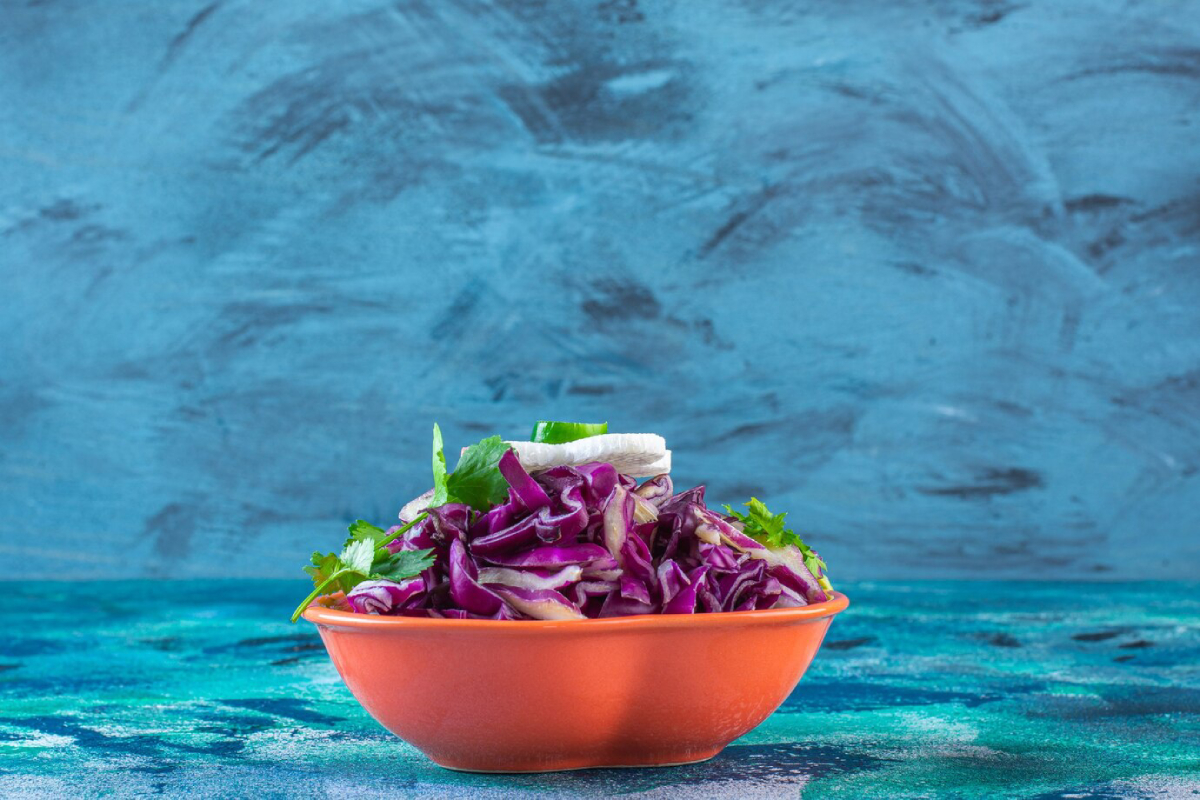
4. Miso-Kraut Slaw
Cold-fermented cabbage with a miso twist.
Ingredients:
- Shredded cabbage
- 1 tsp miso paste
- 1 tbsp sea salt
- Grated carrot or beet (optional)
Instructions:
- Massage all ingredients until juicy.
- Pack into jar tightly.
- Refrigerate for 10–14 days, then enjoy.
Serving Suggestions:
- As a side
- In sandwiches
- With eggs or rice
The Science of Cold Fermentation
Slowing Down But Not Stopping
Cold doesn’t halt fermentation; it simply tempers it. Lactic acid bacteria continue their work, but at a glacial pace. This results in:
- Less acidity: Flavour is more complex and subtle
- Longer usability: Some fridge ferments last months
Safe from the Start
When you prep a ferment and immediately chill it, you bypass the risk window that often exists during room-temp fermentation. It’s the perfect intro route for the cautious or time-poor.
How to Store Fridge Ferments Safely
Best Containers
Use non-reactive vessels:
- Glass jars (Mason, Weck, or Kilner)
- Ceramic crocks
- BPA-free plastic tubs
Avoid metals and unsealed plastics.
Label Everything
Track your batches by:
- Start date
- Contents
- Flavourings used
Keep a fermentation journal or use washi tape for a fun labelling system.
Shelf Life Guidelines
Each ferment varies, but generally:
- Cold garlic honey: 1 month (gets better with age)
- Cucumber pickles: 4–6 weeks
- Carrot sticks: 3–4 weeks
- Miso-kraut: Up to 3 months
Advanced Tips for Fridge Fermenters
1. Batch Planning
Rotate your fridge ferments by setting up a weekly batch plan:
- Week 1: Garlic + Carrots
- Week 2: Cucumber pickles + Slaw
- Week 3: Try daikon or chillies
2. Maintain a Ferment Zone
Designate a fridge shelf or box just for ferments. It keeps things organised and reminds you to eat them!
3. Taste as You Go
Fridge fermentation means your ferments change slowly, but they do change. Taste every few days to learn what stage you prefer.
4. Share the Love
Fermented gifts are thoughtful and inexpensive. A cold-fermented garlic jar tied with twine? Adorable and healthy.
Common Mistakes to Avoid
- Tightly sealed jars with no gas release: Can cause pressure buildup.
- Overfilling: Always leave 1–2 inches of headspace.
- Using chlorinated tap water: It kills beneficial bacteria.
- Refrigerating too soon: Let ferments start at room temp for a few days, then chill.
Need help spotting a bad ferment? Check out how to tell if a ferment has gone bad.
Delicious Ways to Use Refrigerator Ferments
1. Fermented Cheese Plates
Pair carrots or garlic honey with sharp cheddar, olives, and rye crackers.
2. Probiotic Sandwich Fillings
Use slaw, pickles, or miso spreads on:
- Sourdough
- Bagels
- Gluten-free wraps
3. Ferment-Boosted Salads
Top greens with:
- Pickled radishes
- Kraut
- Fermented dressings (mix miso or brine into vinaigrettes)
4. Add Zing to Grain Bowls
Cold ferment additions elevate even plain rice or quinoa.
Make Your Fridge Your Fermenting Ally
Refrigerator fermentation isn’t just a lazy workaround — it’s a smart and delicious solution for modern living. Whether you’re short on time, space, or patience, the cold ferment method gives you all the benefits of probiotic foods without the stress.
From carrot pickles to garlic honey, your fridge can become a fermenting partner that saves you time while upgrading your meals. It takes minutes to prep and rewards you with weeks of flavour, nutrition, and versatility.
Ready to give fridge fermenting a try? Start small, label well, and taste your way to a healthier lifestyle. Share your favourite cold ferments in the comments, tag your photos, and don’t forget to subscribe for more fermentation hacks!
